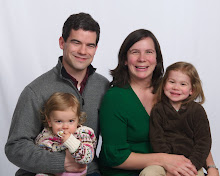Top Ten Moments from Summer 2013
1. Boat trip down Sardinian coast to beautiful beaches and grottos
2. Celebrating Sophie's 3rd birthday (3 times)
3. Watching our girls begin their journey into a sport Mommy and Daddy love
4. Maddie and Sophie trying fresh, home-cooked Maine lobster for the first time as well as tide pooling
5. Taking Maddie and Sophie candlepin bowling in Webster, MA
6. Maddie experiencing her first BIG water park ride
7. Maddie and Sophie riding Shetland Pony and horse bareback
8. Maddie and Sophie catching their first fish
9. Getting to be a part of my nephew's adoption finalization
10. Steve, John and Grandpa going triples on double skis behind the Josti boat (we call it the triple double)...Steve and Kelly also skiied together on slalom but we weren't smart enough to document it














































 2½dl single cream
2½dl single cream


